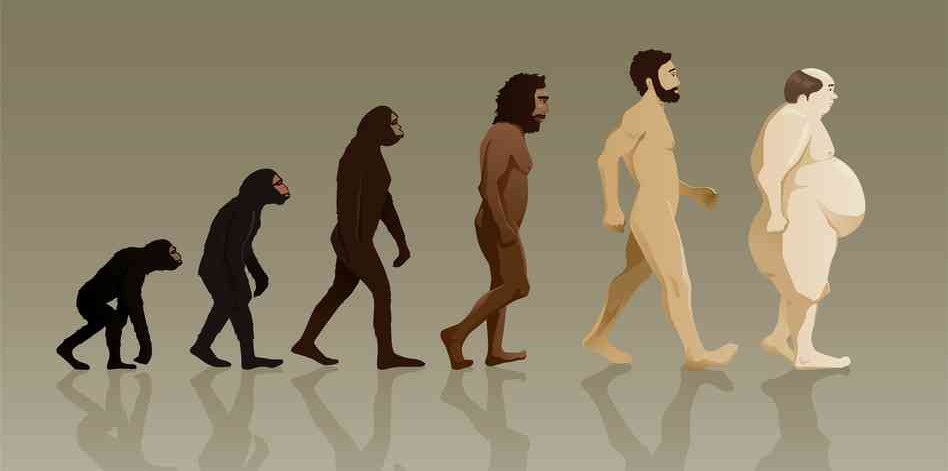One of the early human cultural developments include stone tool making. These tools are useful devices such as those for hunting or building houses. Language may have been ‘invented’ or evolved about the same time that tools were made (Stout & Chaminade, 2009). The advancement of language was largely due to this process of tool making since scientific research proved how the invention of tools stimulated the brain of the early humans thus developing cognitive ability leading to language (Balter, 2013). In addition, apart from stimulating the cognitive area of the brain (specifically the Broca’s area), stone tool making too encouraged the need for intercommunication since making tools require intercommunication in order to acquire the specialized skill. Culture was hence produced not only by man’s higher intellectual development but also by his increased social life. In other words, higher intellectual development of man and the development of superior means of intercommunication go hand in hand and form the foundation of culture for early humans (Ellwood, 1918; Dediu et. al, 2013).
Figure 1 below illustrates the development of the various stone tools, which showed the ‘jump’ in technological advancement and thus underlying cognitive skills (Snelling & Matthews, 2013).
Figure 1
Morgan et. al (2015) conducted a study to support this hypothesis regarding the development of language, which was simulated by stone tool making. The research suggested that humans were able to acquire knowledge best through verbal instruction followed by gestural instruction and subsequently basic teaching (Morgan et. al, 2015).
Process:
First tools invented → Knowledge and skills acquired via intercommunication → Continuity in cultural development → Tradition created in terms of the establishment of the tool-making industry
Researchers have theorised that tools were invented in a rationalistic manner but some considered that perhaps it occurred merely due to an accident that resulted in Homo sapiens to come up with the idea of stone tools. The knowledge and skills of making these tools are passed on to some other individuals, usually from the same family or neighbourhood group, is relatively done via the process of imitation (iterated learning; according to Smith & Kirby, 2008). However, Ellwood argued that although it may be through imitation, it still required certain level of brain activity thus it showed the functional adaptive process of human brains. Consequently this resulted in the continuity in cultural progress and any greater capacity becomes social tradition and gets preserved in the community, which in turn encouraged the early humans to strive and come up with newer and better inventions. Cultural evolution has thus taken place and further implementation of the tradition by groups is then referred to as “patterned ideas” (Ellwood, 1918).

